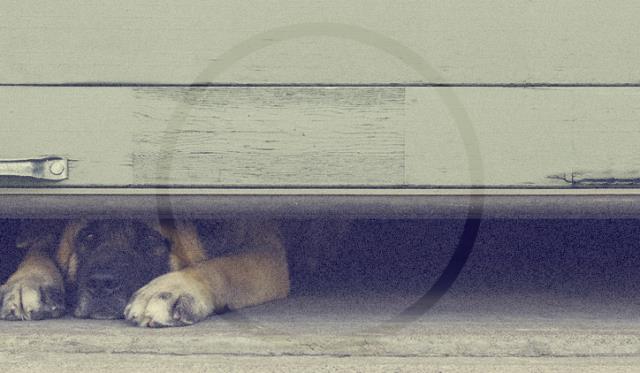
Spring has been marked by variable weather, alternating between winter cold and milder spells, with truly mild conditions still slow to arrive. As you finally start your spring cleanup outdoors, you begin to assess the toll the cold season has taken on your property. Naturally, the first step is to check your home’s structure to make sure it made it through the winter in good shape.
Arm yourself with caulking to seal around pipes and vents where joints may have cracked during Winter. This will block out the potential invaders.
Voles, Shrews, and Moles
You see grass piles and trails on the lawn? This damage was done by voles under the snow cover. Voles are small rodents that can do harm to small trees and shrubs by chewing on the bark. By the time you see this damage, let’s gamble that they are already back in their Summer habitat from where they migrated for the Winter season. Often they are accompanied by shrews, small insectivores with pointed snouts. Shrews move the earth to the surface in search of insect larvae. If you live near a stream or little creek, moles can complete the threesome and a single mole can do quite a lot of damage. These 3 species can be captured using multiple-catch traps.
Ants, spiders, sowbugs, and millipedes
The first pests to appear are usually ants and spiders, unless cluster flies or Asian ladybugs have spent the Winter in the attic or under the siding of the house. Brown field ants will have begun to work under stones as you encounter the first carpenter ants, a species that mates early in the season. Spiders are already moving as they hunt or stretch webs to capture insects and other arthropods that were hiding in the organic matter. Millipedes are usually active and useful in boosting the decay of organic matter.
Solitary Bees
In mid-May, solitary bees will be observed, especially in the sunny embankments of sandy soils. They are harmless and are not attracted to humans at all. They dig their nests in the ground to build a cell in which they will deposit food for their offspring after having laid there.
Wasps
Whatever the species, the wasps you see at the beginning of the season are necessarily queens that have survived Winter and are starting a new colony. That's why they may seem bigger than those that were bothering you on a terrace during the last nice sunny days of the Fall. This is indeed the case because the queen is the largest individual of the colony. At this point, they are looking for a place to set up their nest that they will make themselves before laying their eggs.
Black field ants
"Mound ants" will only appear after the first couple of mowings of your lawn. There is no doubt that when the blade of the lawnmower touches the top of the mound, it will trigger panic in the colony and ants will run everywhere for a little while.
Whatever discoveries you make in your Spring yardwork, it is important to identify the ennemy you deal with prior to taking action because beneficial insects may also be living on your property.
For more details, contact our advisors!
The Technical Team
go to top